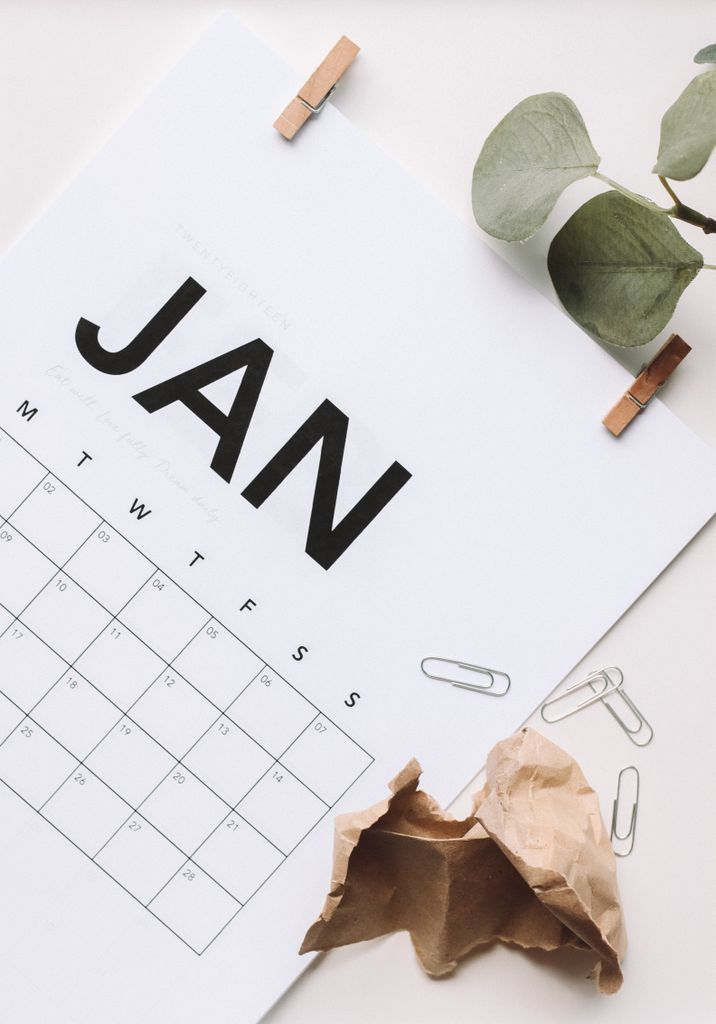Don’t worry—this isn’t going to be one of those posts about why I’m quitting my reading challenge, dissecting the reasons why they aren’t good or something. If setting a number of books to read in a year gives you joy and gets you reading, more power to you. It just doesn’t work for me. This post is not to deride you for wanting to read X books next year, but rather to propose an idea to people like me who want a different metric by which they can measure their goals. What I propose is a new reading goal based on the amount of time you spend reading this year, rather than the number of books you read from cover to cover. I’m excited to give this a try next year. Here are some of the reasons why.
Ambiguity of Book-Based Challenges
When I’ve done book-based challenges, I’m never entirely sure of what to count. Do I count rereads? What about books I read two-thirds of, or otherwise don’t finish despite spending a significant amount of time with them? Then there’s other print media, like newspapers and magazines. Do I count those? Of course not, but why not? How about my friends’ unpublished writing, or random poems I find on the internet? With a time-based reading goal, it doesn’t matter what I’ve read. As long as I’m engaged in the act of reading something besides my Twitter feed or instructions on how to set up my WiFi router, I’m reading toward my goal. Whether book, magazine, Word document, or otherwise, an hour is an hour.
Each Reader Can Customize Their Goal
It’s really easy to find a way to personalize a time-based metric when setting a new reading goal. Because time is split into segments, you can choose to measure with the segment that works best for the way you organize yourself. Maybe you like to work in daily chunks, and therefore setting the goal to read an hour a day will work best for you. Or you could be the type who partitions their time on a weekly basis, and devote your commuting time every week to cracking some pages or catching up on an audio book. Either way, you can break the goal up however you want, depending on how granular you want to get.
Encourages Meaningful Connections to Material
A few years ago, I read exactly one book in the first three months: Dostoevsky’s The Idiot. It remains one of the most meaningful reading experiences of my life. Yet, when I finished, I fretted about my GoodReads goal; spending so long on one book set me way behind where I was supposed to be by mid-March. I’m not the type who likes to read multiple books at once. As such, book-count reading goals dissuade me from engaging with long, dense, or difficult material, which in my experience, makes me a less engaged and well-rounded reader. However, I like goals. For most of this year, having foregone the book count on GoodReads but not yet come up with a new metric, I read less than in recent years. So, I hope that measuring with time for the coming year will help reincorporate reading into my daily habits without sacrificing deeper and more meaningful connections to the material I pick up. Whether I spend the first three months of next year tearing through slim volumes of poetry, graphic novels, or novellas, or locked into a single epic, they will count equally toward my goal of reading for a certain amount of time every day. If you’re like me and find book-count based metrics don’t suit your reading style, hopefully this idea gives you a place to start when setting a new reading goal this year. Good luck, and happy reading!
